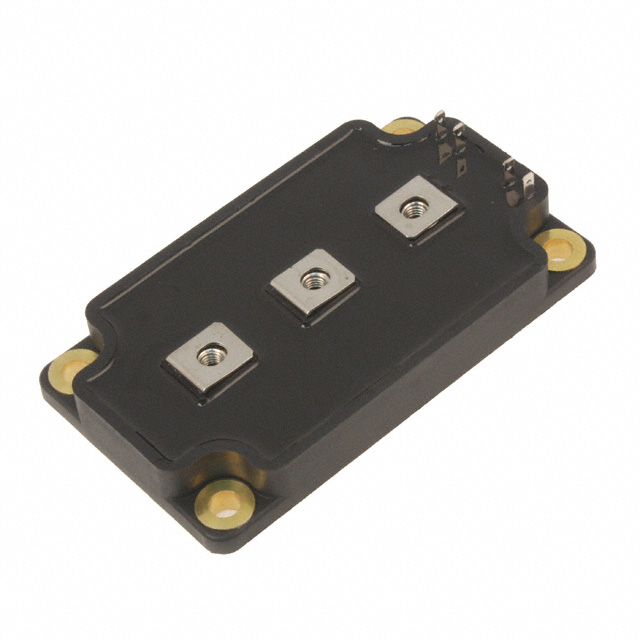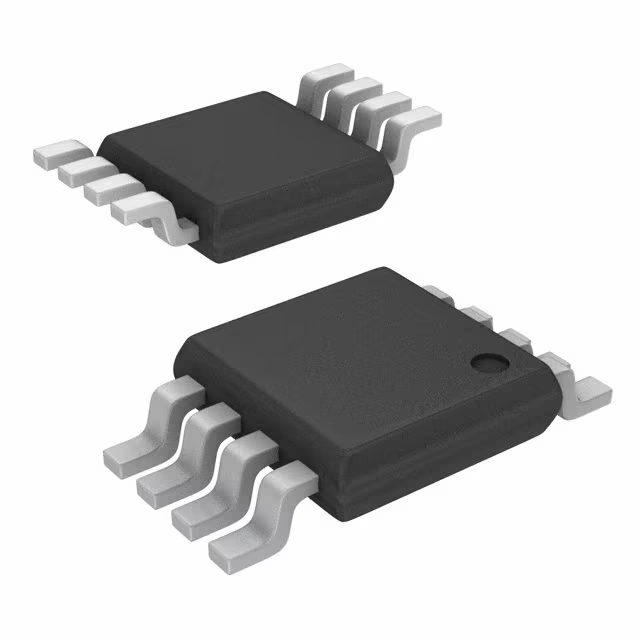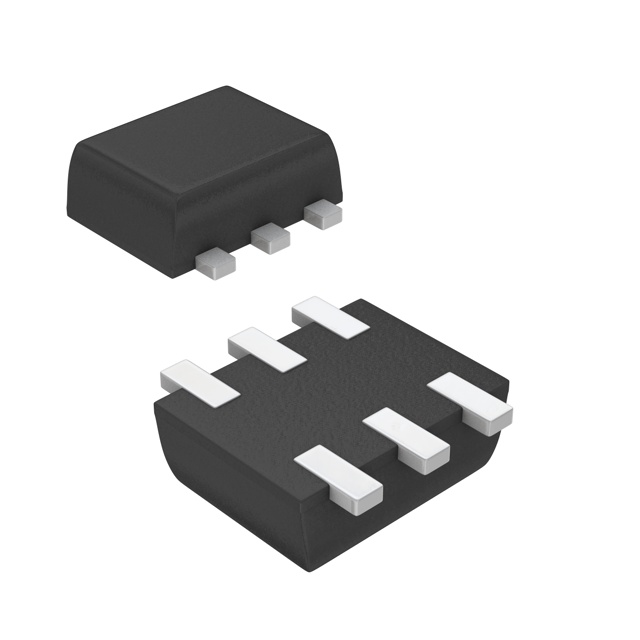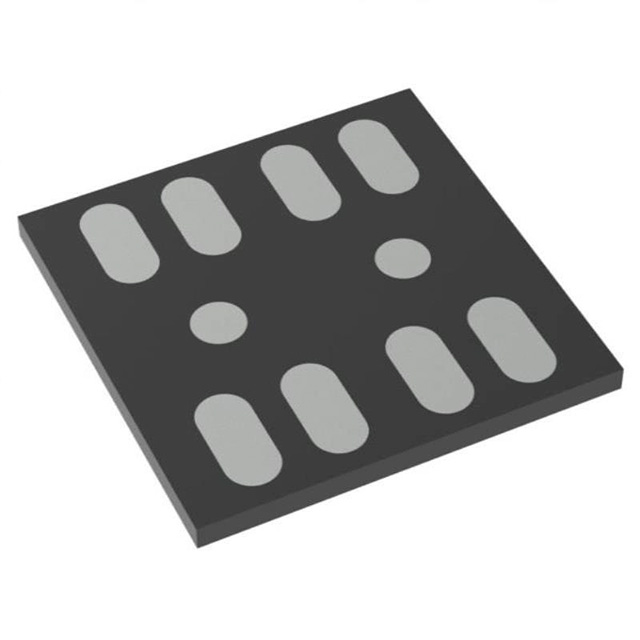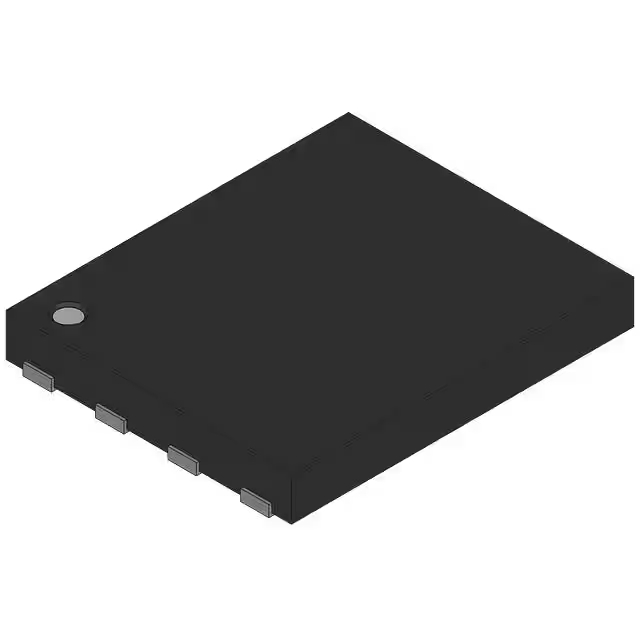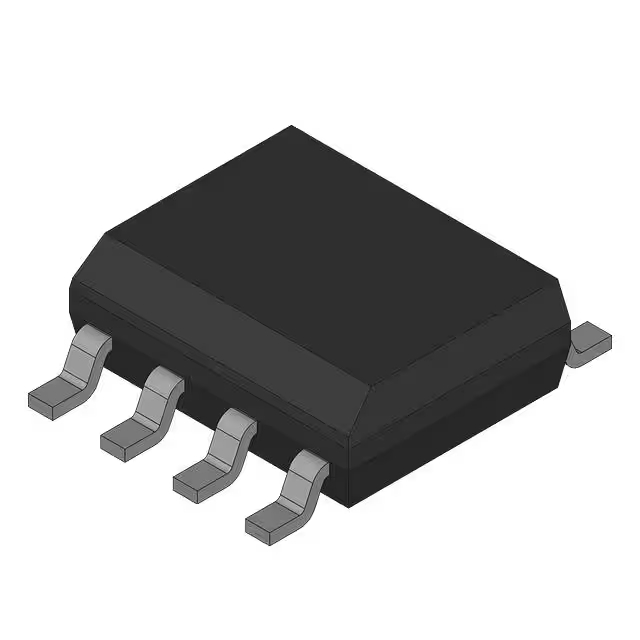2N7002DW | Ficha técnica | Precio | PDF ON Semiconductor
- Tipo de FET: 2 canales N (doble)
- Voltaje de drenaje a fuente (Vdss): 60 V
- Drenaje continuo de corriente (Id) a 25 °C: 115mA
- Paquete: 6-TSSOP, SC-88, SOT-363

Envío GRATUITO para pedidos superiores a HK$250.00

Respuesta rápida, cotización rápida.

Envío rápido, sin preocupaciones posventa.

Canal original, garantía de los productos auténticos.
2n7002dw
If you’re working on a compact electronic project and need reliable, efficient MOSFETs, the 2N7002DW is a great choice. It packs two separate N-channel MOSFETs into a tiny SOT-363 package, ideal if you’re tight on PCB space. These transistors handle voltages up to 60V and have a gate threshold voltage around 2.1V, making them perfect for direct control with low-voltage logic signals, like 3.3V from microcontrollers.
One nice advantage is their low on-resistance (typically between 1 to 2 ohms at 10V), so they won’t waste power or generate unwanted heat. They’re fast-switching too, suitable for PWM controls, level shifting, relay drivers, and small motor controls. Plus, built-in basic ESD protection means they’re durable and reliable in real-world conditions.
Use them confidently in your portable devices, logic-level converters, or any project needing compact and efficient load switching solutions.
2n7002dw pinout configuration

| Número PIN | Nombre del pin | Descripción |
|---|---|---|
| 1 | S1 | MOSFET 1 Source |
| 2 | G1 | MOSFET 1 Gate |
| 3 | D2 | MOSFET 2 Drain |
| 4 | S2 | MOSFET 2 Source |
| 5 | G2 | MOSFET 2 Gate |
| 6 | D1 | MOSFET 1 Drain |
When you’re working with the 2N7002DW MOSFET, you’ll notice three pins to connect properly. The gate (G) pin is your main control line—it tells the transistor when to turn on or off. Usually, you’ll drive it with a logic-level voltage between 3.3V and 5V. Just make sure it’s above about 2.1V to fully activate the MOSFET.
Next, the drain (D) pin connects directly to your load—like motors, LEDs, or relays. Just remember, don’t exceed the rated limits of voltage (up to 60V) or current listed in the datasheet.
The source (S) pin typically goes straight to ground, completing the circuit and ensuring stable switching.
Be careful handling these MOSFETs—they’re sensitive to static electricity. Even though the 2N7002DW doesn’t usually heat up much, keep an eye on current limits to avoid trouble. Lastly, because it’s a tiny SOT-363 package, take extra care when soldering to prevent shorts between the closely spaced pins.
2n7002dw equivalent mosfet

| Parámetro | 2N7002DW | 2N7002DW-7-F | 2N7002DWH6327XTSA1 | SSM6N7002KFU,LF | 2N7002BKS,115 |
|---|---|---|---|---|---|
| Fabricante | onsemi | Diodos Inc. | Infineon | Toshiba | Nexperia |
| Max Drain-Source Voltage (V_DS) | 60 voltios | 60 voltios | 60 voltios | 60 voltios | 60 voltios |
| Max Drain Current (I_D) | 115 mA | 230 mA | 300 mA | 300 mA | 300 mA |
| Max On-Resistance (R_DS(on)) | 7.5 Ω @5V | 7.5 Ω @5V | 5.0 Ω @10V | 3.0 Ω @10V | 5.0 Ω @10V |
| Gate Threshold Voltage (V_GS(th)) | 1.0–2.0 V | 1.0–2.0 V | 1.0–2.0 V | 1.0–2.0 V | 1.0–2.0 V |
| Max Power Dissipation (P_D) | 200 mW | 310 mW | 200 mW | 200 mW | 200 mW |
| Tipo de paquete | SOT-363 | SOT-363 | SOT-363 | SOT-363 | SOT-363 |
When choosing an alternative to your 2N7002DW MOSFET, there are a few practical tips I’d recommend. First, always make sure the package matches exactly—SOT-363 is standard, so pick a replacement that fits your board layout to avoid any soldering headaches.
Also, think about your current needs. If your load pulls a bit more current, choosing a MOSFET with higher current handling like the SSM6N7002KFU or 2N7002DWH6327XTSA1 will give you extra safety margin. Look for options with low R_DS(on) to reduce energy loss and boost efficiency, keeping your circuit cooler and more reliable.
If you anticipate running heavier loads, something like the 2N7002DW-7-F, rated at around 310mW, might handle the heat better and last longer. Just be sure to carefully compare electrical specs before swapping components so everything works smoothly without extra PCB modifications.
2n7002dw switching circuit example

If you’re trying to connect a 5V device like an Arduino to a 3.3V sensor using the I²C bus, you’ll probably need a simple yet reliable way to translate logic levels. The circuit shown here does exactly that, using a dual N-channel MOSFET (2N7002DW).
Think of the MOSFET as a smart, bi-directional switch: when your 5V side (EX_SCL, EX_SDA) is high, the MOSFET stays off, and the lines on the 3.3V side stay safely pulled high by resistors. But if either side drops to low voltage, the MOSFET instantly switches on, pulling the other side low as well. This makes sure both devices communicate safely and smoothly, without damaging the lower-voltage components.
Remember to connect the MOSFET’s gate pin to the low-voltage side (3.3V), so it automatically controls the switching. It’s a straightforward solution, ideal for linking microcontrollers to sensors, displays, and other modules running at different voltages.
2n7002dw dual mosfet application
If you’re designing circuits where space matters, the 2N7002DW dual MOSFET can make your life easier. This tiny chip packs two separate N-channel MOSFETs, perfect for efficient switching and level shifting tasks. For example, if you need your Arduino (5V) to communicate safely with an ESP32 or Raspberry Pi (both 3.3V devices), this MOSFET handles the voltage translation smoothly.
It’s also great as a small load switch—you can control things like LEDs, sensor modules, or relay coils easily. With its dual-channel feature, you’re able to independently manage two loads or signals simultaneously.
When using it, remember to stay within its ratings—up to 60V and around 115mA per channel. Keep an eye on heat dissipation to prevent overheating, and always handle the chip carefully, as MOSFETs are sensitive to static electricity. You’ll find it especially handy in IoT devices, wireless sensor nodes, or any compact electronic project where reliability and size are key considerations.
2n7002dw level shifting circuit

If you’re trying to connect devices with different voltage levels—like hooking up a 5V Arduino to a 3.3V sensor or Raspberry Pi—you’ll need a reliable level-shifting solution. A MOSFET-based circuit using transistors like the 2N7002DW is perfect for this job, especially for I²C communication.
Here’s how it works: you set up the MOSFET with its gate pin on the lower-voltage side (3.3V), the drain pin on the higher-voltage side (5V), and connect the source to your signal lines. Each side has pull-up resistors to ensure clear logic signals. When either side goes low, the MOSFET switches on immediately, bringing the other side down with it. Thanks to its built-in diode, signals smoothly flow in both directions, meeting the requirements of I²C.
This setup is simple, reliable, and versatile. You’ll often see it in microcontroller projects, IoT devices, and anywhere you need seamless communication between different voltage-level systems.
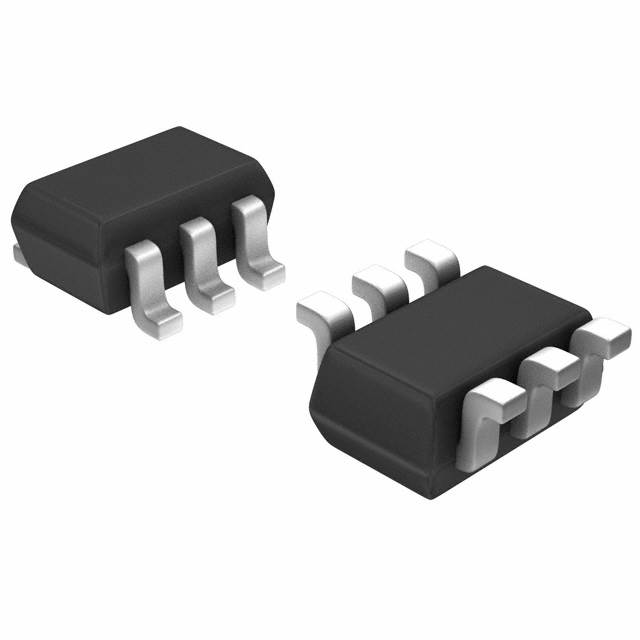

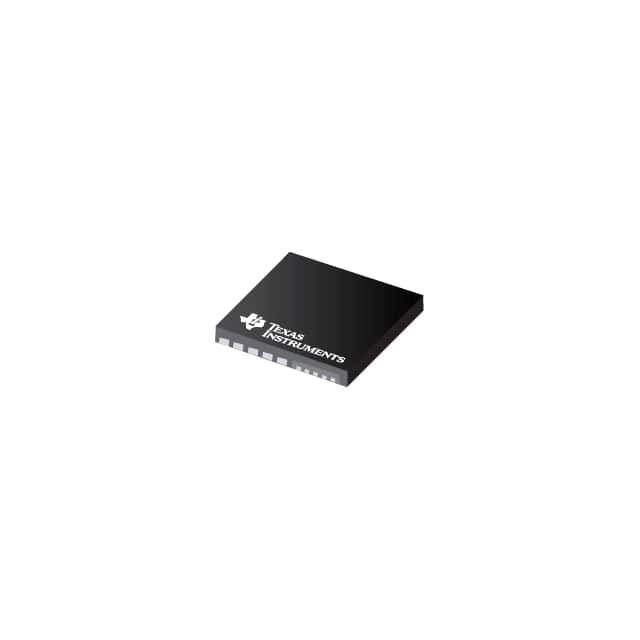

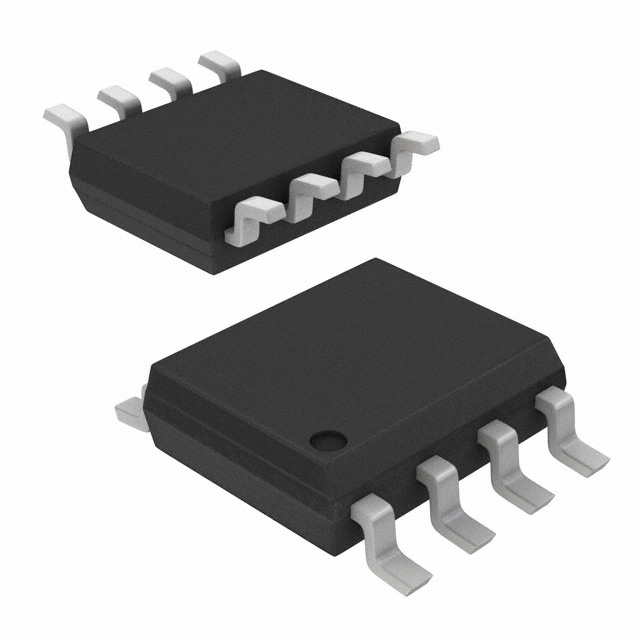
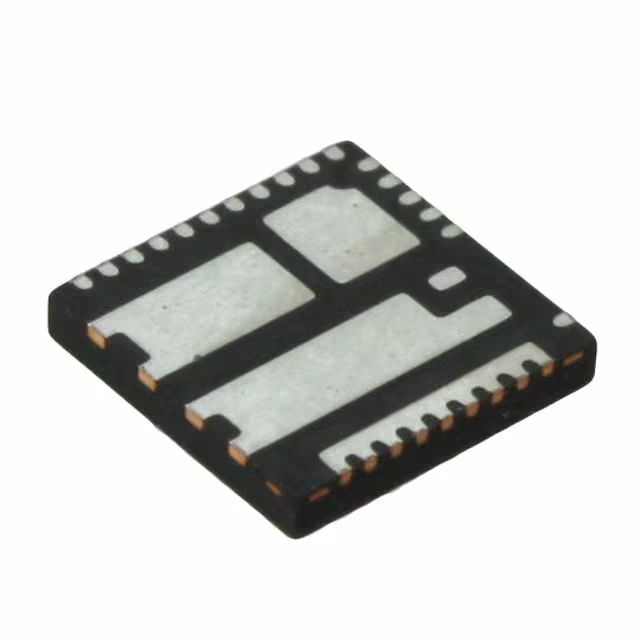
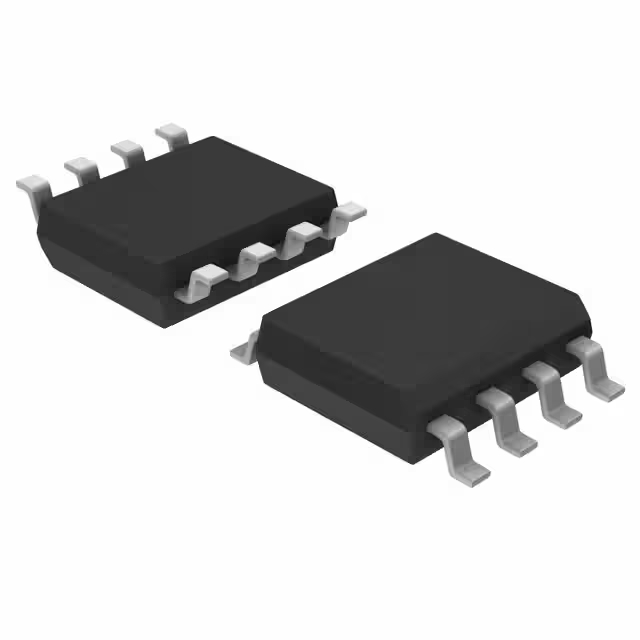

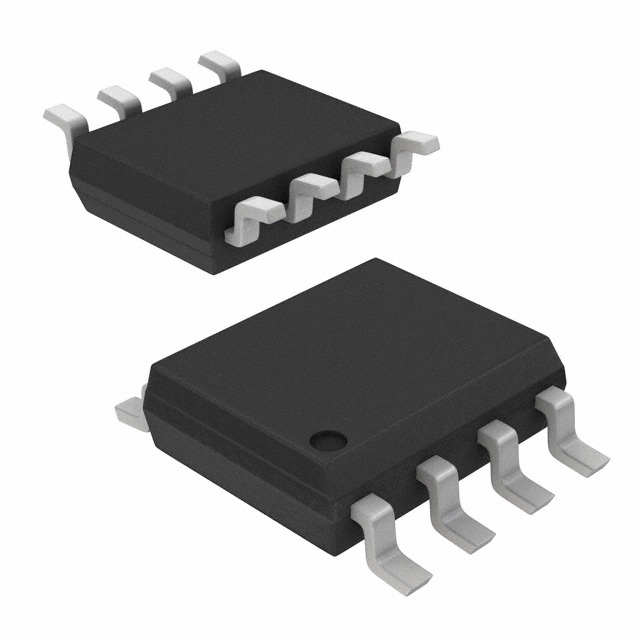

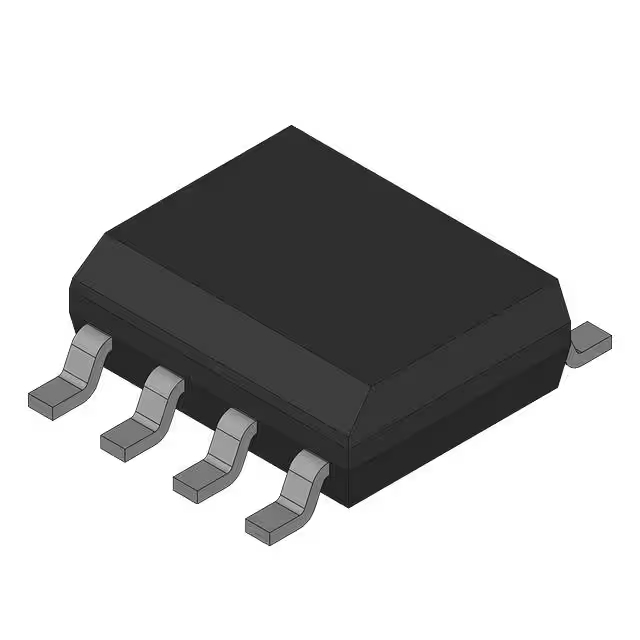



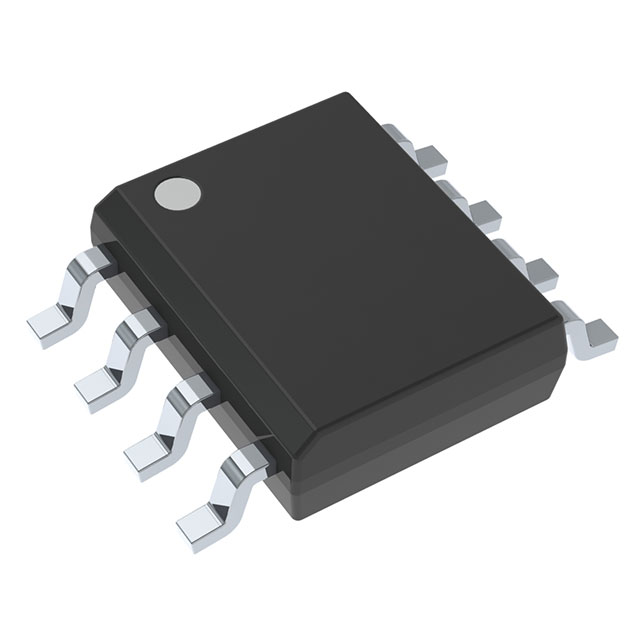
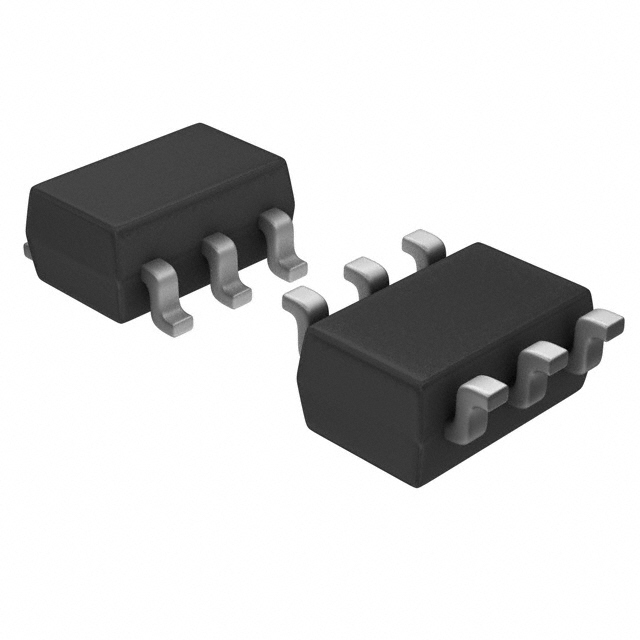
.jpg)

